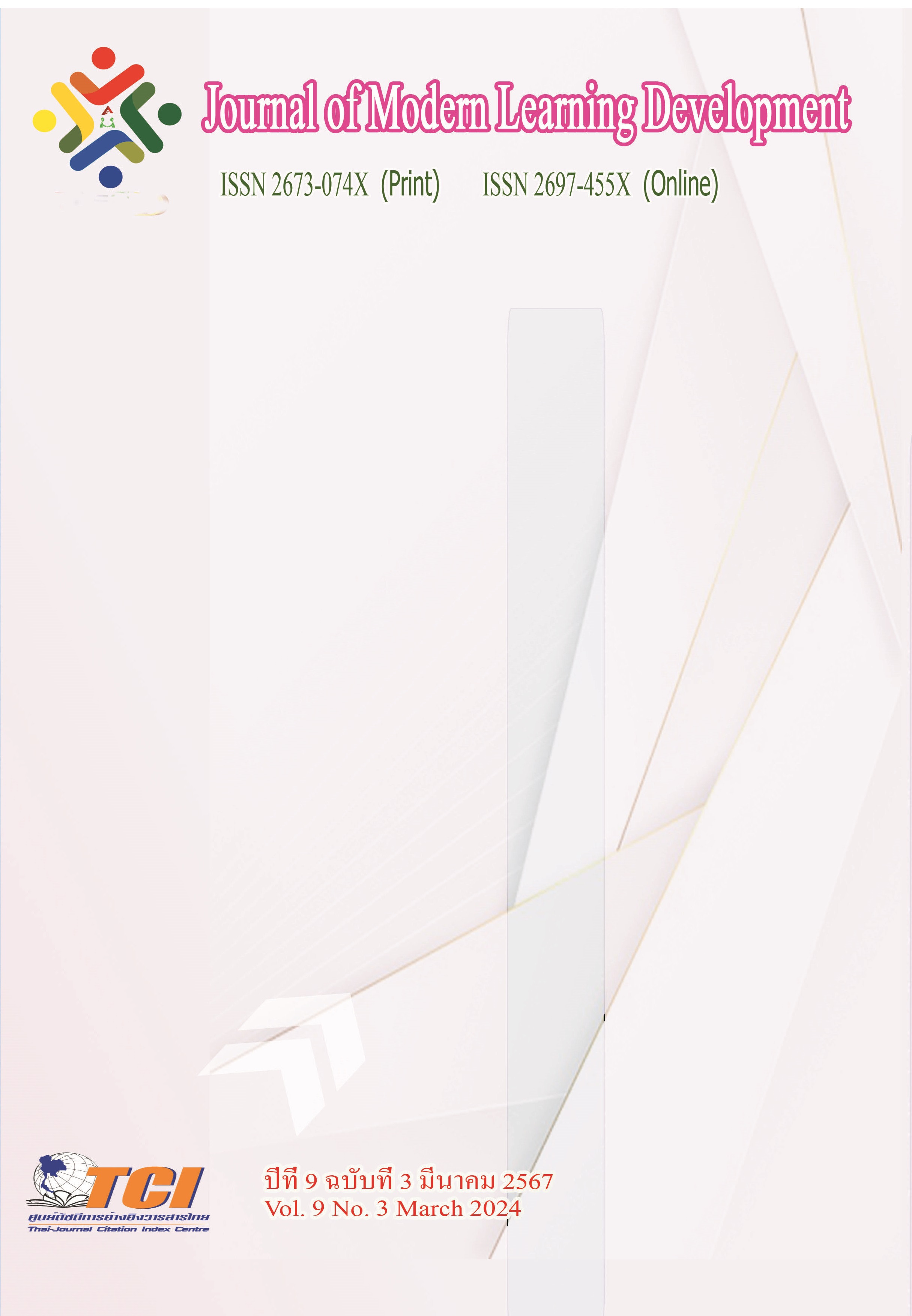Thainess that (Not) Thai in the Multicultural Society of the Lower Mun River Basin
Main Article Content
Abstract
The concept of Thainess and its implications in a multicultural society have been a topic of significant interest and debate in the lower Mun River Basin. This academic article aims to delve into the history and consequences of Thainess creation within this region. The study explores how Thainess has evolved over time, particularly during the era of Absolute Monarchy, with a strong emphasis on religious beliefs during the reign of King Mongkut. Furthermore, it examines the transformation of the modern state and the establishment of a distinct territorial identity during the reign of King Chulalongkorn, as a result of governmental reforms. According to these reforms, individuals residing within the Thai state are considered Thai people, characterized by their proficiency in the Thai language and adherence to Thai culture.
However, as political administrations changed, the formation of Thainess took on a different trajectory, primarily centered around Thai citizenship and the acceptance of the authority of governors and a hierarchical society. This approach often clashed with the cultural and linguistic identities of the ethnic groups residing in the lower Mun River Basin, who have distinct languages and cultural practices of their own. The state's attempts to coerce these groups into relinquishing their identities in favor of adopting Thainess and raising awareness of their Thai nationality have not yielded the desired results. In fact, these ethnic communities have demonstrated resistance to the implementation of Thainess creation, expressing readiness to seek citizenship in neighboring countries if compelled by the state. Their close ties to neighboring nations, fostered through shared cultural borders, languages, and ethnicities, have contributed to this persistent resistance.
As a response to these challenges, the Thai state has recently shifted its focus towards recognizing and preserving local cultures, establishing them as part of the national cultural fabric and acknowledging all ethnic groups as Thai people. This reorientation acknowledges the importance of diversity and inclusivity in the face of a multicultural reality within the lower Mun River Basin.
By examining the historical development of Thainess and its impact on the ethnic groups of the lower Mun River Basin, this study contributes to a deeper understanding of the complexities surrounding identity formation in a diverse and culturally rich society. The findings shed light on the ongoing struggles, negotiations, and potential resolutions within the framework of Thainess creation in this unique region.
Article Details
References
Anderson, Ben. (2017). Imaginary community: Reflections on the origin and proliferation of nationalism. Translated by Charnvit Kasetsiri and et, al. 4th edition. Bangkok: Social Sciences and Humanities Textbook Project Foundation.
Saichon Sattayanurak (2007). The creation of “Thainess”, the mainstream and “Truth” in the “Thainess”. History methods regarding Thai society and culture. Chiang Mai.


